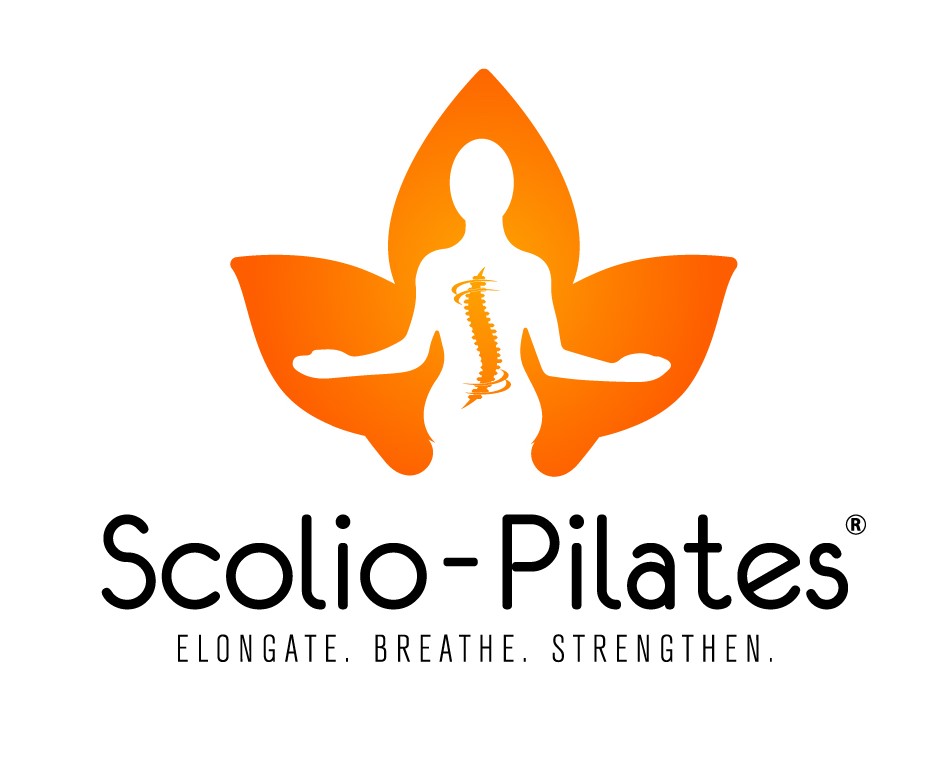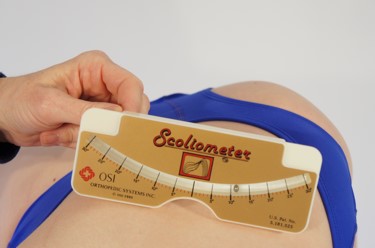Wondering How to Spot Scoliosis? You are not alone. If you are a parent with scoliosis, then it’s natural, not to mention wise, to be vigilant about checking your children regularly for scoliosis. If your an adult with a parent with scoliosis, you are most likely now keeping a close eye on your own spine.
Since the United States Preventative Task Force decided that routine scoliosis screening in schools is no longer necessary, parents will have to keep a closer eye on their chidren. There are a few ways to stay on top of screening your own spine or that of your children.
How to Spot Scoliosis:
- See your medical doctor and ask for an examination
- Download a scoliometer app on your phone and use it for performing the Adams Test (Forward Bend test). Details below.
- Use visual cues to see if you have any of the visual signs of scoliosis
How to Spot Scoliosis with a scoliometer.
First obtain one of the following tools:
- A scoliometer like the one we have pictured on this page–purchase on Amazon
- A scoliometer app that you can download and us from your phone.
Granted, the actual scoliometer is easier to use and is more accurate, but the app is a lot, (a LOT!) cheaper. The scoliometer is between $30-$50 and the app is usually about $5. To perform the forward bend test, have your child stand with her feet together and hands wrapped around her own shoulders like she is giving herself a big bear hug. From there, have her bend over slowly. As she bends over, place the scoliometer on her back so that the scoliometer is exactly perpendicular to her back. Leaning it forward or back will give you false readings.
Another word of caution with scoliometers: they lack precision due to our own subjectiveness. You will notice that when you use the scoliometer, that it looks a lot like a level. As we use the scoliometer, we tend to zero out the level. Or, in other words, no matter how unlevel the back is that we are looking at, we tend to pull the scoliometer to zero. There’s something in our brains that wants the spine in front of you to be perfectly level, but almost no spine is perfectly level. So, therefore, be careful that you are not swaying the results of the scoliometer.
When the school tests were being performed, a measure of 7-degrees on the scoliometer was enough for the school nurse to send a child home with a note to her parents recommending that she see a doctor for a more thorough scoliosis screening. Therefore, it would be reasonable for you to do the same. If you are getting a reading of less than 7-degrees then you can, of course, go to your medical doctor to have the test done professionally, or continue to keep an eye on your own back with the scoliometer.
I’ll post something additional about the scoliometer results in an additional blog but that’s probably a good start for today.
In the meantime, you can get started with this Daily Scoliosis Stretch.


